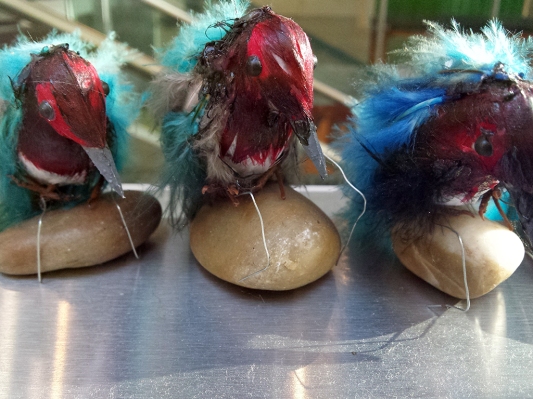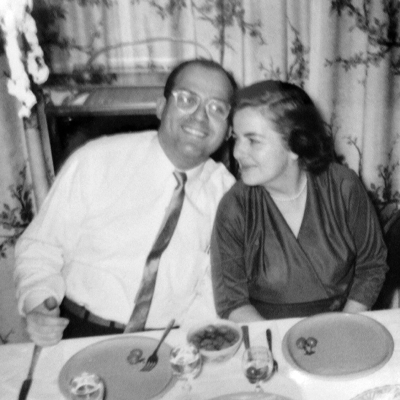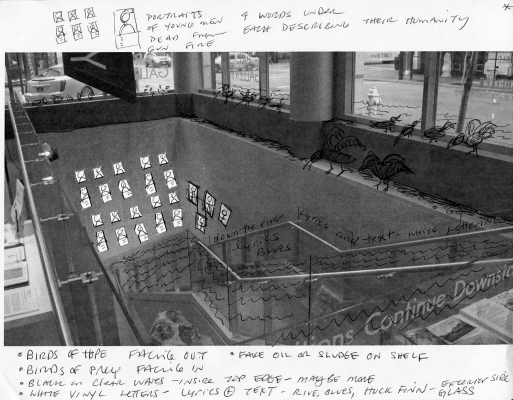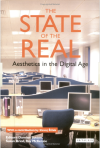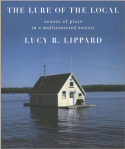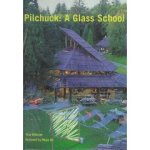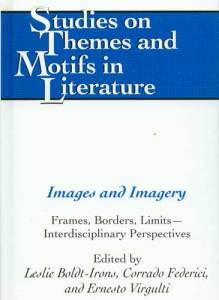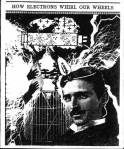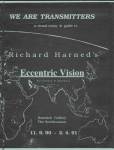. . . And here’s the birds! that great you from the street. People do stop to look at them and read their sad story.
4As I made alot of these little guys – and big ones too, Mick and I started to call our house, the “bird factory.” It really was set up like a factory with buckets of feathers and birds laid out in certain order.
5
You can just begin to see the text, trapped in a liquid-appearing epoxy, that people would stop and read from the street outside the gallery.
6
“Down the River . . .” started in Pittsburgh at the head of the Ohio and took us down the Mississippi to New Orleans. Two narratives ran along these rivers. The one you see here is the reports people called into the U.S. Coast Guard in 2013 -14 of toxic dumping and spills along the Ohio and Mississippi Rivers.
7
Down the River ~ 2
July 9, 2015 — Carolyn P. Speranza“Down the River” at the Weston Art Gallery in Cincinnati
July 7, 2015 — Carolyn P. SperanzaIt’s taken forever and a day to curate, correct and edit these photos, but here comes, Down the River: Muhammad Ali threw his Olympic gold medal into the Ohio, a piece I made for the art exhibition, Too Shallow for Diving: the weight of water.

1
The Weston Art Gallery is a part of the Aronoff Center for the Arts in down town Cincinnati. It’s right near the hotel art museum and the Contemporary.

2
The Aronoff Center has a big theater in it. The Weston was created as an afterthought, with the entrance gallery being the theatre lobby. The Weston carries itself almost as if it’s a small museum. The staff are incredible and the most generous and professional that I’ve worked with anywhere. They have a physical and online archive for each exhibition and each artist is given a copy of the show archive at the completion of the show. #Amazing

3
Down the River: Muhammad Ali threw his Olympic Gold Medal into the Ohio
January 14, 2015 — Carolyn P. SperanzaFor several years now I have been angry with myself and with my fellow humans. We don’t have what it takes to address the critical issues we face with each other and with the species with whom we share a planet.
Charles Perrow is a Research Scholar and Emeritus Professor of Sociology at Yale and a Visiting Professor at Stanford. At his May 2012 presentation at Carnegie Mellon, I asked him point blank, “Of all the animals on the Earth, why are we the only ones who jeopardize the survival of every living creature?” He responded to me, “The human brain is wired for short-term survival. Our only hope lies with a long-term institutional mission, and it’s capacity to expand our vision, one that encompasses how we humans impact the quality of our air and water.”
The U.S. Coast Guard has a reporting system for chemical, solid waste, and oil spills called the National Response Center—a 911-call center for our waterways. Looking at the Center’s reports, there are enough incidents in a year to fill any map, and these are just the ones that get reported. Even with the Clean Water Act in place since 1972, we continue to dirty our water. If we look back another hundred years or so, our waterways, and in particular, the Ohio and Mississippi rivers, were sullied by pollution of another kind: human trafficking. To this day, “sold down the river,” implies forcible separation from family, certain hardship, and even death. Water is indeed a vehicle for slavery while the converse, “up the river,” translates into being shipped off to prison.
On my first visit to the Weston Gallery I saw the public library’s “Cincinnati Panorama of 1848.” An interactive map provides a guide to the edge-to-edge illuminated photographs of the Ohio riverfront. Pressing a button reminded me that in 1848, the river separated not just geographic states, but the states of being a slave and of a free man. Having read “The Adventures of Huckleberry Finn” aloud with my family as a kid, I stood there thinking of Huck saying, “We would sell the raft and get on a steamboat and go way up the Ohio amongst the free States, and then be out of trouble.”
During my childhood, Mohammed Ali was the subject of many impassioned conversations in my suburban New Jersey home, as my father greatly admired his integrity and the guts it took for him to object to being drafted into the Vietnam War. Furthermore, one of Ali’s urban legends caught my attention. Shortly after returning home to Louisville, Kentucky with a 1960 Olympic Gold Medal, despite parades and fanfare, Ali was refused service at a local drugstore counter. A white motorcycle gang chased him and a friend out of the store and onto the road. The story concludes with Ali throwing his beloved medal into the Ohio River in disgust. It just so happens that 1960 was also the year my parents married. My Italian father from Brooklyn barely “passed” for white with his father-in-law who was from Georgia. Nothing about race was clear, except that Ali and Huck Finn’s voices started to shape my worldview. That was very clear.
Today I study databases and the news as much, if not more, than paintings in museums. A glance at Google Maps tells me that Ferguson, MO is not far from the Mississippi. I have the tools to map out toxic dumping on riverfronts—and to illustrate how the senseless deaths of young black men geographically and historically connect with the United State’s slave trade.
This is not a graceful narrative; it’s a combination of things, 1-2-3, which are happening in my world at this time. This is my America.

